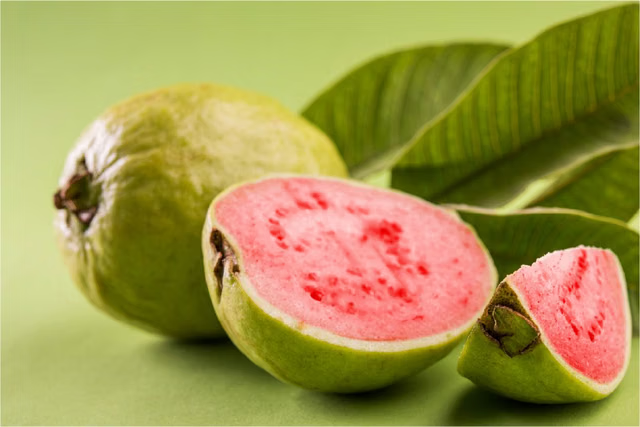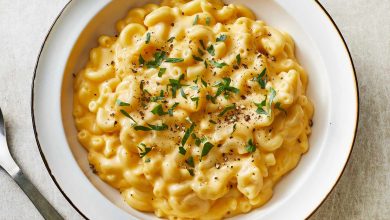Chicken Capon (Meat, Skin, Giblets, Neck, Raw)
The chicken capon is a tender and flavorful poultry option that includes the meat, skin, giblets, and neck. When raw, it offers a robust nutrient profile, making it a versatile ingredient for various dishes, whether you’re roasting, braising, or incorporating it into soups and stews. Capon meat is known for its juiciness and mild flavor, and when cooked, it becomes a succulent addition to any meal.
Nutritional Information
| Nutrient | Amount per 100g |
|---|---|
| Energy | 232 kcal |
| Protein | 18.51 g |
| Total Fat | 16.9 g |
| Saturated Fat | 4.89 g |
| Carbohydrates | 0.08 g |
| Fiber | 0.0 g |
| Sugar | 0.0 g |
| Calcium | 11.0 mg |
| Iron | 1.41 mg |
| Magnesium | 21.0 mg |
| Phosphorus | 181.0 mg |
| Potassium | 213.0 mg |
| Sodium | 47.0 mg |
| Zinc | 1.32 mg |
| Copper | 0.063 mcg |
| Manganese | 0.028 mg |
| Selenium | 12.2 mcg |
| Vitamin C | 2.6 mg |
| Thiamin (Vitamin B1) | 0.065 mg |
| Riboflavin (Vitamin B2) | 0.183 mg |
| Niacin (Vitamin B3) | 7.074 mg |
| Vitamin B6 | 0.36 mg |
| Folate | 27.0 mcg |
| Vitamin B12 | 1.01 mcg |
| Vitamin A | 272.0 mcg |
| Vitamin E | 0.0 mg |
| Vitamin D2 | 0.0 mcg |
Allergen Information
Chicken capon, being a type of poultry, does not contain common allergens like dairy, gluten, or nuts. However, cross-contamination may occur during processing, so it’s important to check if there are any shared facilities or specific ingredient additions that could introduce allergens.
Dietary Preferences
Chicken capon is an excellent source of high-quality protein and essential vitamins, making it suitable for most dietary preferences, including:
- Low-Carb: With only 0.08g of carbohydrates, it is ideal for low-carb and keto diets.
- Gluten-Free: Naturally gluten-free, making it safe for those with gluten sensitivities or celiac disease.
- High-Protein: Perfect for individuals looking to increase their protein intake, such as athletes or those on a muscle-building diet.
- Paleo & Whole30: Being an unprocessed animal product, it fits within the guidelines of paleo and Whole30 diets.
- Diabetic-Friendly: With low carbohydrate content, it is suitable for individuals managing their blood sugar levels.
Advice for Preparation
When preparing chicken capon, it is crucial to cook it thoroughly to ensure food safety, especially when using raw giblets and neck. Roasting or slow-cooking the capon with herbs and vegetables will bring out its natural flavors. The fat content can be rendered during cooking to add richness to sauces or gravies, or it can be skimmed off if a leaner option is preferred. For a healthier approach, consider removing the skin before cooking to reduce the fat content.
Conclusion
Chicken capon is a flavorful, nutrient-dense option that can be prepared in various ways to suit diverse tastes and dietary needs. With its rich protein content, vitamins, and minerals, it offers a wholesome base for meals while supporting a range of healthy eating plans. Whether used as the centerpiece of a holiday feast or in more casual meals, capon provides versatility and satisfaction.










